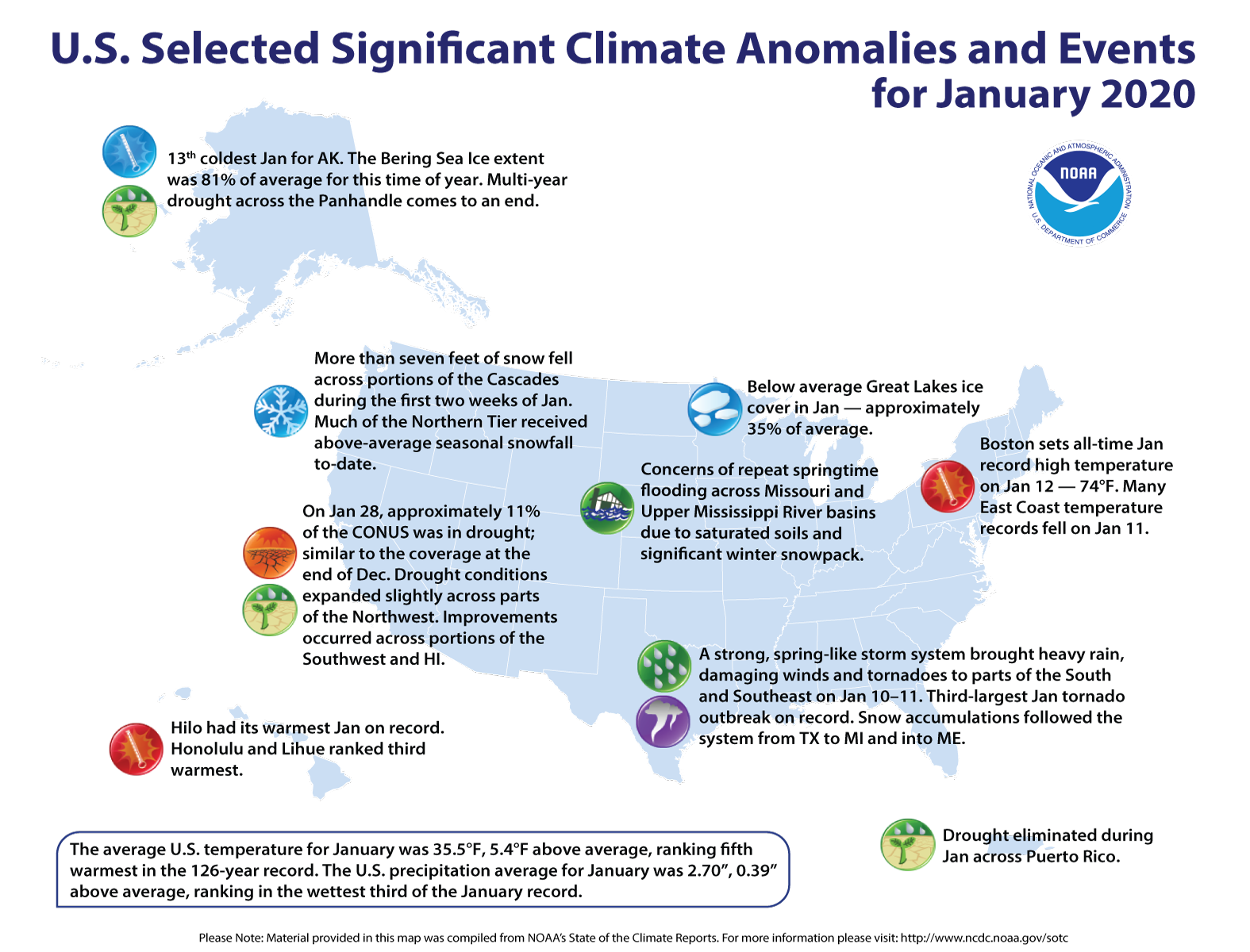Great Lakes ice coverage was well-below the average

An image from space of the Great Lakes from NOAA’s GOES-16 satellite on January 20, 2020. What's missing from the Great Lakes in this image? Ice. Looking through the cloud cover you can see that ice coverage of the Lakes was well below what is expected for this time of the year. (2020 image). (Image credit: NOAA Satellites)





